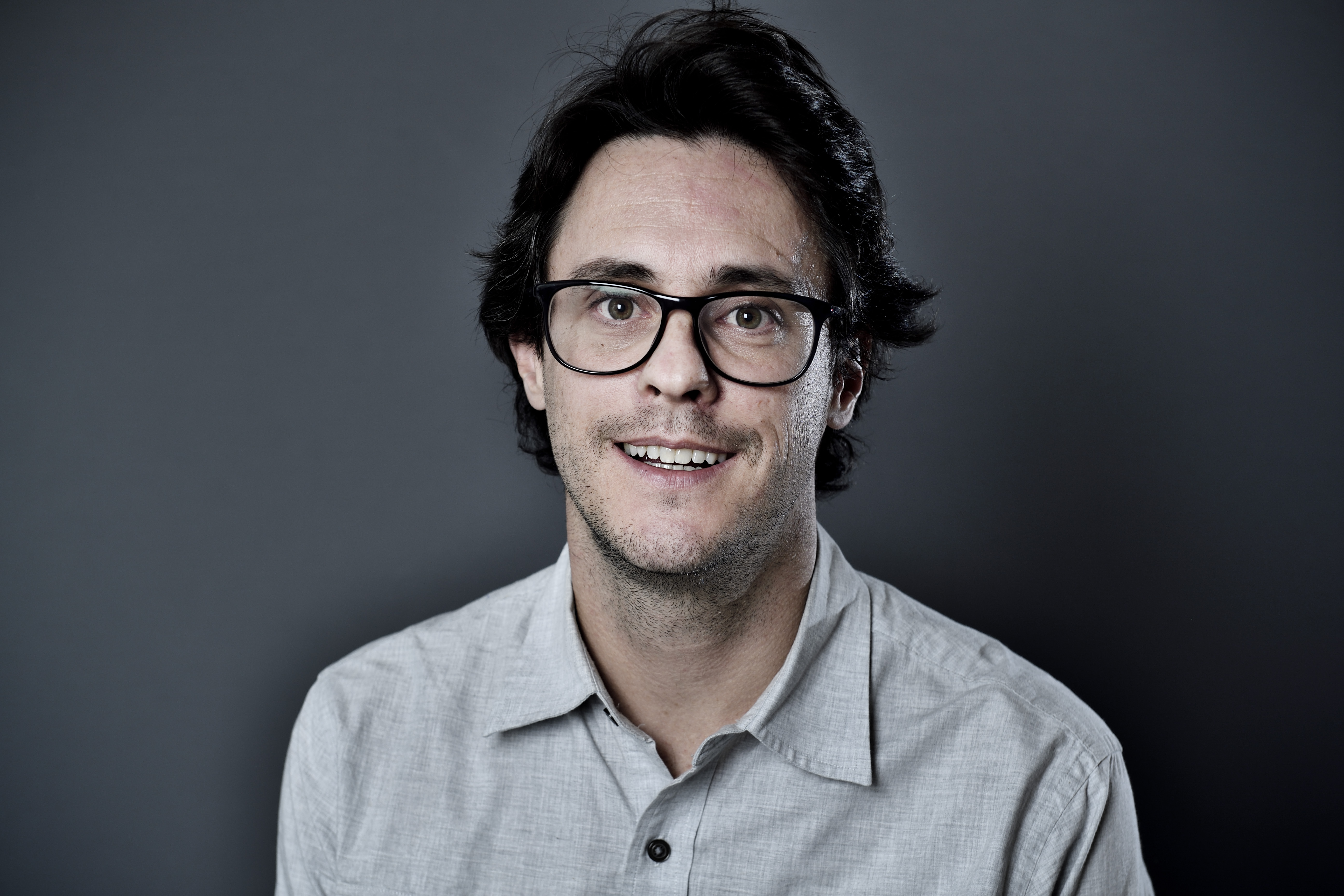Julien Philippe Carlos Duxin Bonicelli
Research leader

Project title
Novel repair mechanisms of chemotherapeutic induced DNA-protein crosslinks
What is your project about?
DNA-protein crosslinks (DPCs) are toxic DNA lesions induced by many chemotherapeutic drugs that are used in the clinic to treat different cancer types. Despite their relevance to human health, we surprisingly know quite little about how these lesions are repaired in our cells. Using frog egg extracts that contain all the proteins essential to maintain and repair DNA, we have recently established a system that recapitulates the repair of DPCs in a test tube. This allows us to dissect the molecular mechanisms involved in these repair processes, and identify the key proteins orchestrating repair with unprecedented resolution. By understanding precisely how these lesions are repaired, we hope to identify molecular targets that could be used in the clinic to sensitize cancer cells to chemotherapy and thereby improve cancer treatment.
How did you become interested in your particular field of research?
I became interested in this subject during my postdoctoral training at Harvard Medical School in the laboratory of Johannes Walter. Johannes’ lab had done marvelous work using frog egg extracts to dissect the molecular mechanisms of DNA interstrand crosslink repair (another type of cytotoxic DNA damage induced by chemotherapeutics). Moreover, work from the Patel’s laboratory at Cambridge had pointed that reactive aldehydes produced in our body are likely to be one of the main sources of endogenous DNA damage endured by our cells. Because reactive aldehydes not only generate interstrand crosslinks but also DPCs, it made sense to investigate whether egg extracts could recapitulate the repair of DPCs; which they do efficiently!
What are the scientific challenges and perspectives in your project?
It always amazes me how little we know about the basic principles of genome maintenance that are utilized by our cells to overcome the damage induced by chemotherapeutic treatments. Our research is driven by our genuine curiosity to understand how proteins coordinate the repair of these lesions and thereby allow cells to survive. If we can achieve our goals, we believe that we will be in a better position to treat cancer in the future and thereby have a significant impact on society.
Which impact do you expect the Sapere Aude programme will have on your career as a researcher?
The Sapere Aude programme will allow my group to get established in the long run and hopefully become one of the prominent figures worldwide in the research of DNA-protein crosslink repair.
Background and personal life
My family and I moved from Boston to Copenhagen 3 years ago seeking for a great place to work and raise our family. My wife, Maria, originates from Montevideo Uruguay. I am French and our first son, Felix, was born in Boston. Our daughter, Maite, was born here in Copenhagen earlier this year. At the moment, Felix, who just turned 5, is the only fluent Danish speaker (but we are all working really hard at it). Felix likes to define himself as “un Danes que toma mate” which means “a Dane that drinks mate” (the Uruguayan traditional tea). I think this is a beautiful expression that defines our multicultural background and willingness to integrate and contribute to the Danish society.
View all research leaders here
Research institution
Novo Nordisk Fundation Center for Protein Research
Research field
Molecular Biology
City of your current residence
Copenhagen
High school
Lycée Français de Montevideo
